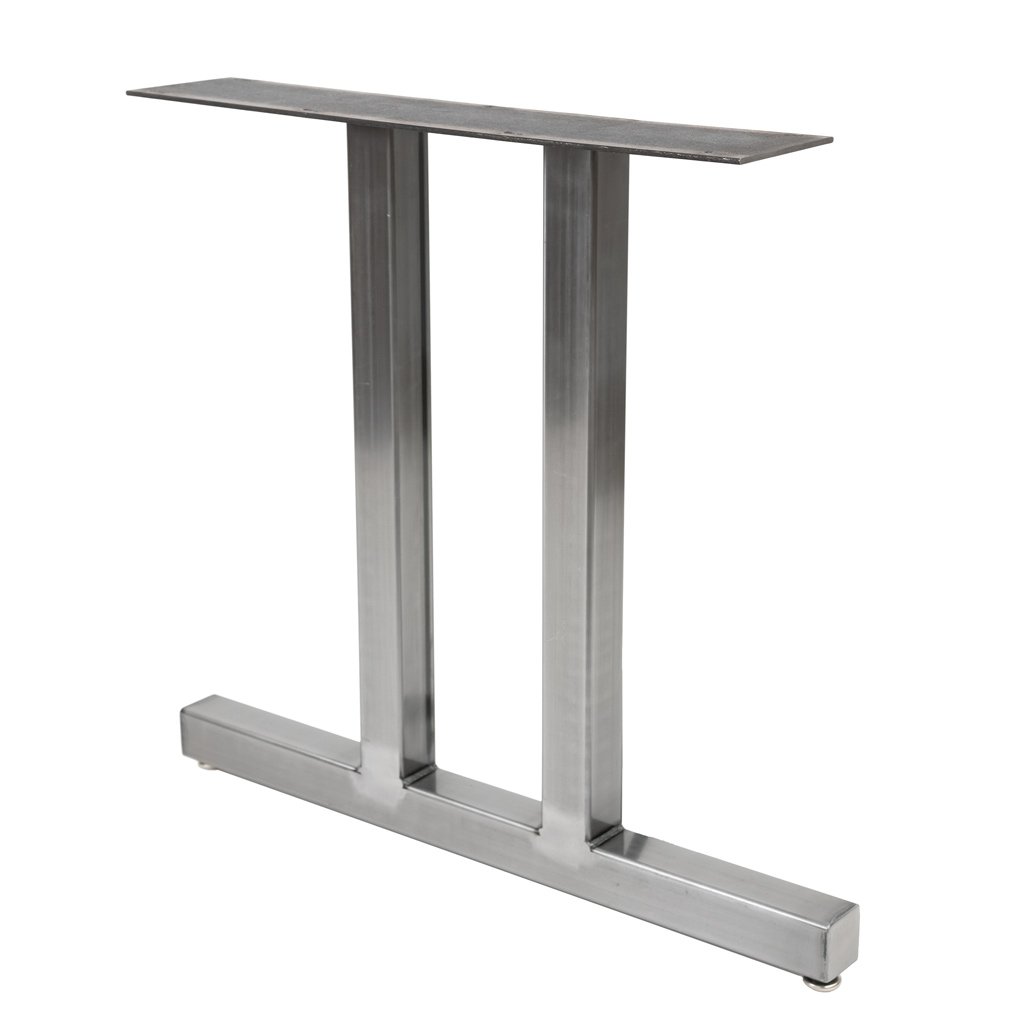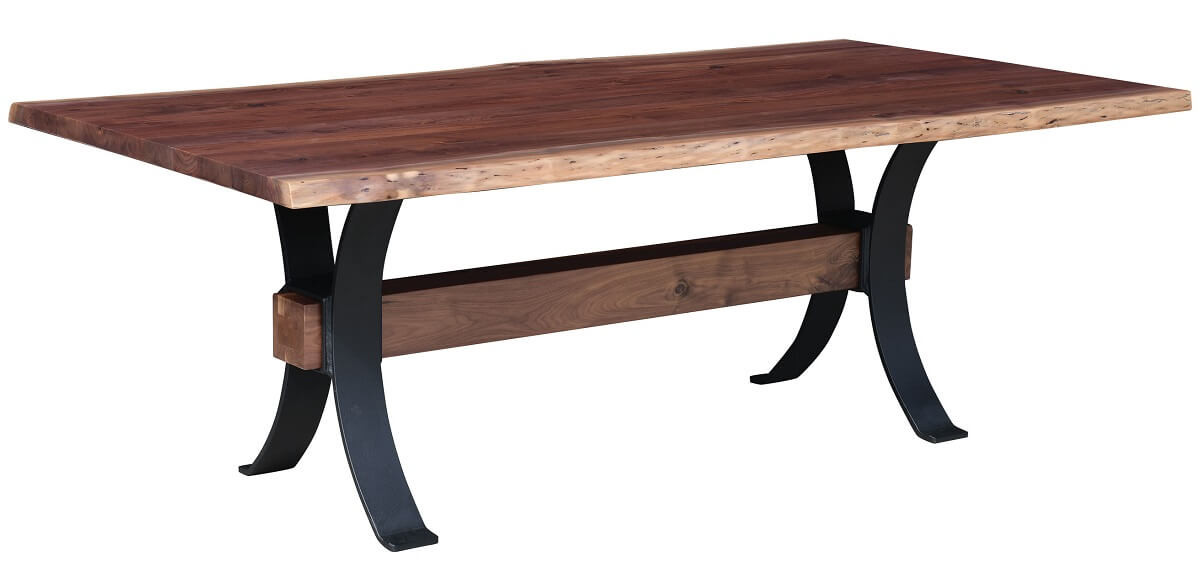Why Custom Dining Room Table Legs Are Worth the Investment
Why Custom Dining Room Table Legs Are Worth the Investment
Blog Article
From Traditional to Modern: Locate the Suitable Dining-room Table Legs for Your Style
While traditional layouts such as cabriole and turned legs evoke a feeling of classic elegance, modern designs like hairpin and geometric options provide a possibility for striking visual rate of interest. As you think about these components, the question stays: exactly how can you flawlessly integrate these diverse leg styles to produce an unified eating experience?
Recognizing Table Leg Styles
The selection of eating area table leg designs can considerably affect both the appearances and functionality of the space. Each leg design adds one-of-a-kind aesthetic components and sensible attributes, satisfying diverse design preferences and use needs. Recognizing these designs is important for choosing the best table that straightens with your general interior design vision.
As an example, conical legs use a clean, classic appearance that can boost a space's beauty, while pedestal bases give security and optimize legroom, making them suitable for smaller spaces. Hairpin legs, a characteristic of mid-century modern layout, introduce a commercial style, enabling a ventilated, open feeling. Likewise, trestle legs evoke rustic charm, providing durable support and a feeling of timelessness.
Furthermore, the selection of materials plays a significant duty. Wooden legs can bring heat and texture, whereas steel options often communicate a sleek, modern vibe. Eventually, understanding table leg designs is important for developing a cohesive eating area that shows individual style while making certain functionality and convenience. By thoughtfully thinking about these elements, you can improve both the visual and useful charm of your eating room.
Traditional Table Leg Options
When selecting dining area table legs, traditional choices usually embody classic sophistication and craftsmanship. These styles show a rich heritage and a commitment to quality, making them suitable for those who value classic looks.
One of one of the most iconic standard leg styles is the cabriole leg, defined by its stylish rounded shape. This layout commonly includes ornamental carvings and is most generally found in Queen Anne and Chippendale furnishings. Another popular choice is the transformed leg, which boasts a series of smooth, rounded forms that offer a timeless appearance while preserving stability.
In addition, the straight leg, while basic, provides a basic and sturdy structure that can mix seamlessly with a range of tabletop designs. For those attracted to ornate detailing, claw-and-ball feet legs evoke a sense of grandeur and can function as a spectacular prime focus in any eating space.
Last but not least, pedestal bases, although not purely legs, offer an alternative conventional alternative that enables for ample legroom and can be perfectly carved. Each of these conventional leg styles adds to the overall setting of an eating space, weding feature with visual appeal.

Modern Table Leg Styles
Modern table leg designs use a diverse variety of designs that emphasize ingenious products and clean lines. These layouts typically focus on performance while functioning as striking prime focus within an eating space. Minimal aesthetic appeals are prevalent, with legs crafted from products such as steel, glass, and engineered timber, which contribute to a modern and ventilated feel.
One prominent design is the barrette leg, defined by its slim, tapered framework that provides stability without frustrating the table top (dining room table legs). This style is commonly found in mid-century contemporary right here furnishings and can easily complement different eating table shapes. One more fad is using geometric shapes, where legs might take on unbalanced or angular kinds, adding visual rate of interest and a touch of virtuosity

Mixing Designs for Unique Spaces
Often, homeowners look for to create one-of-a-kind eating rooms that show their personal style by blending various design components. This strategy enables the incorporation of varied aesthetic appeals, leading to a harmonious yet distinctive setting. For example, more helpful hints coupling a rustic wood table with sleek, modern steel legs can produce a captivating contrast that raises the room's total charm.
In addition, integrating vintage table legs with modern table tops can evoke a feeling of history while keeping a contemporary perceptiveness. Such combinations not only display individual preference however also urge creativity, enabling homeowners to curate an area that feels both individual and welcoming.
Color plays an essential duty in this blending procedure; selecting table legs that match or contrast with the existing color pattern can improve aesthetic interest. As an example, whitewashed legs can soften the daring of a dark table surface, developing a balanced aesthetic.
Tips for Selecting the Right Legs
Picking the right table legs is important for accomplishing both capability and aesthetic charm in your eating space. Begin by thinking about the total design of your room. Standard setups benefit from legs that feature complex makings or transformed designs, while contemporary areas might ask for sleek, minimal designs.
Next, evaluate the elevation and security of the legs. dining room table legs. Typical dining tables range between 28 to 30 inches in height, so make sure the legs enhance this dimension for comfort. Additionally, robust materials, such as wood or steel, can boost security and long life
Evaluate the leg shape as well-- options include directly, tapered, or pedestal designs. Straight legs provide a traditional look, while tapered legs can add a touch of sophistication. Pedestal bases supply enough legroom and are excellent for smaller spaces.
Conclusion
In recap, choosing the perfect dining area table legs needs careful factor to consider of both standard and modern styles. By integrating leg design, height, and product with the overall décor, a natural and inviting ambience can be achieved.
The selection of dining area table leg styles can significantly affect both the aesthetics and capability of the space. Inevitably, comprehending table leg designs is vital for creating a natural dining location that reflects individual design while making sure practicality and comfort.One of the most legendary standard leg designs is the cabriole leg, characterized by its elegant curved shape. Straight legs supply a traditional appearance, the original source while tapered legs can add a touch of style.In summary, choosing the ideal dining area table legs requires mindful factor to consider of both modern-day and traditional styles.
Report this page